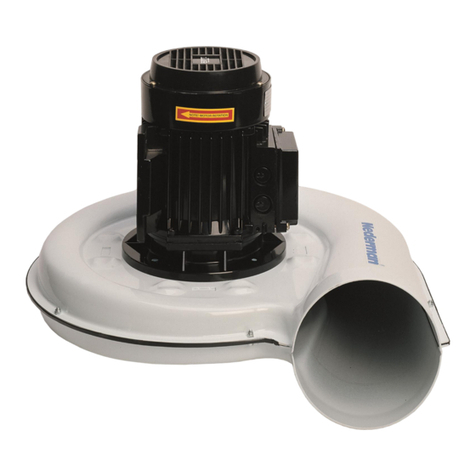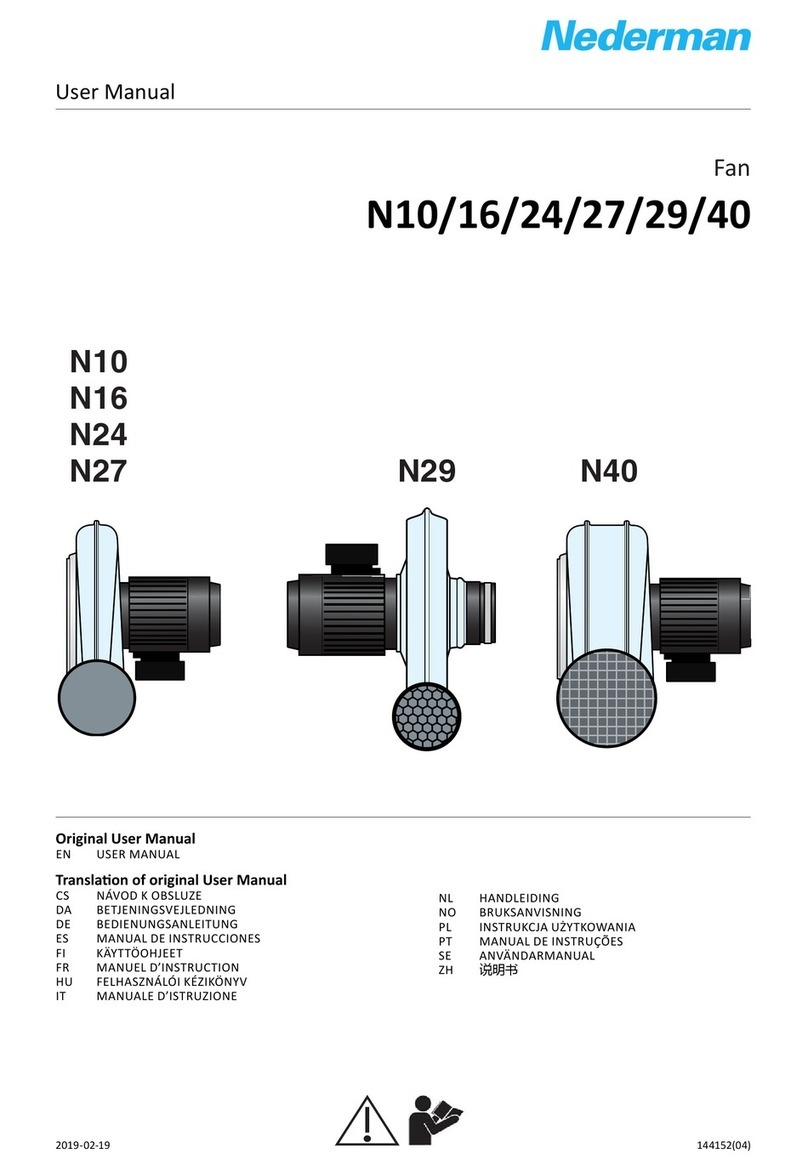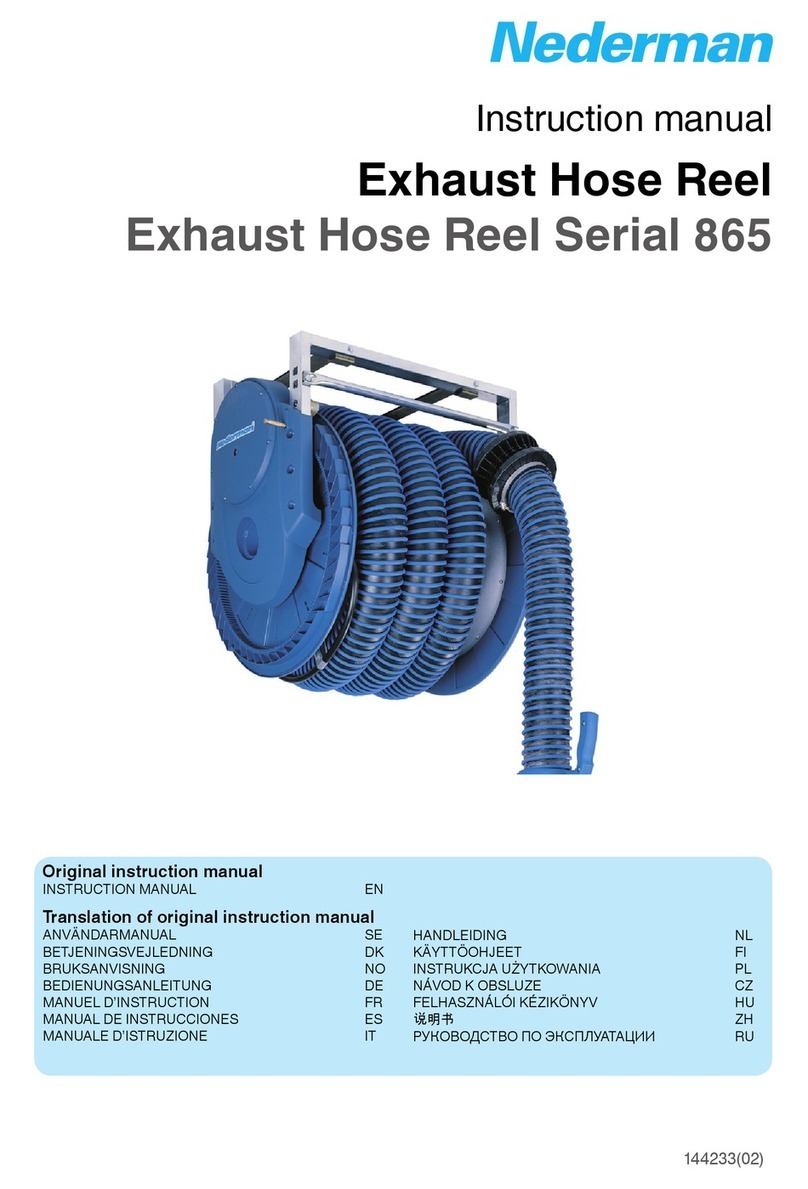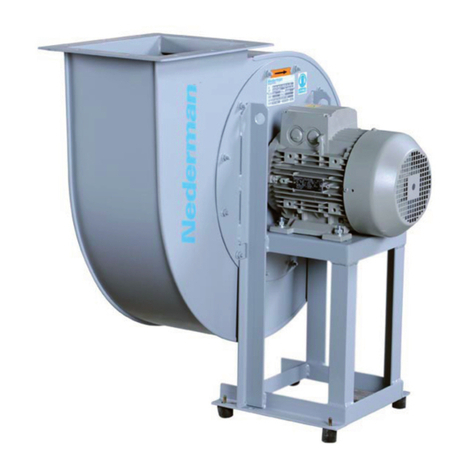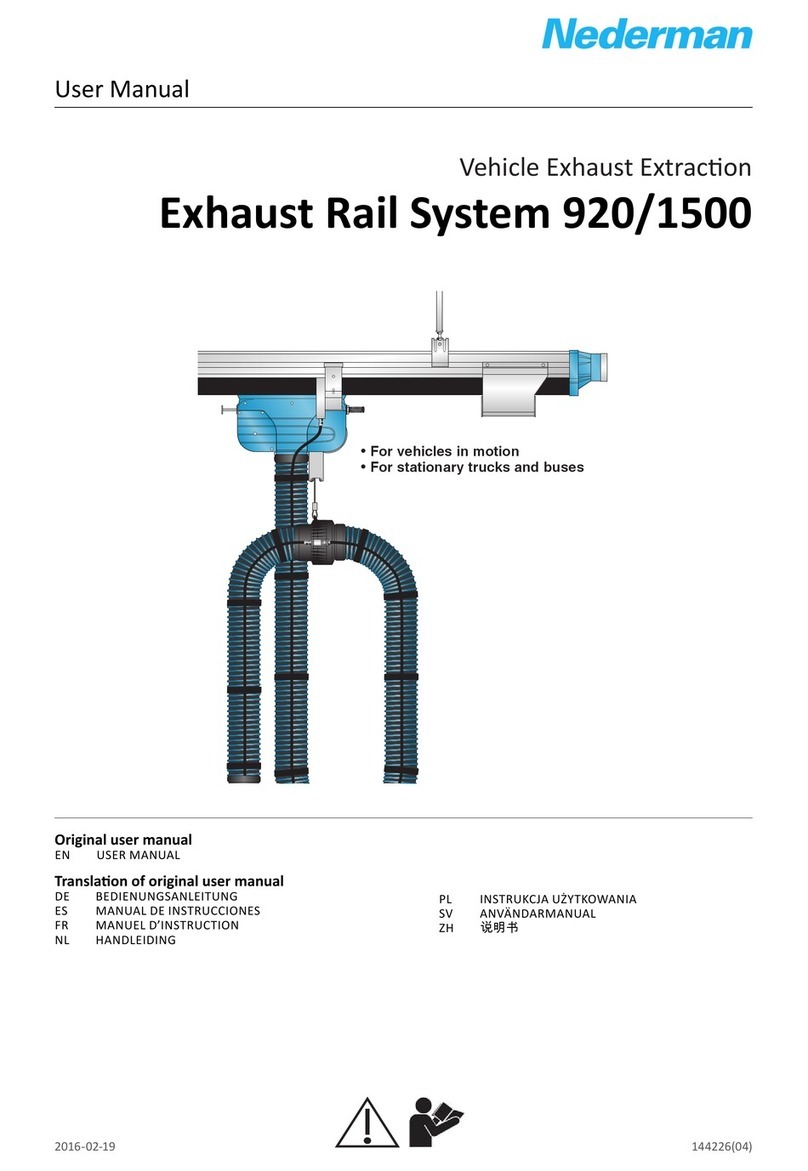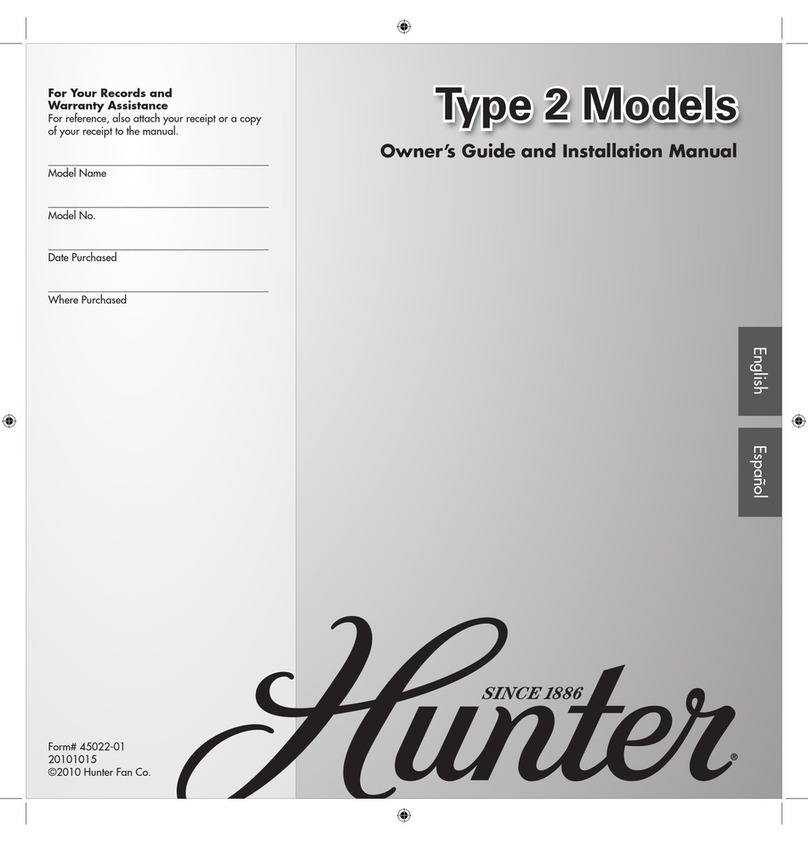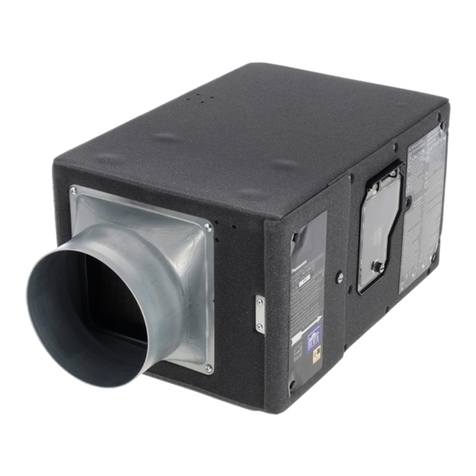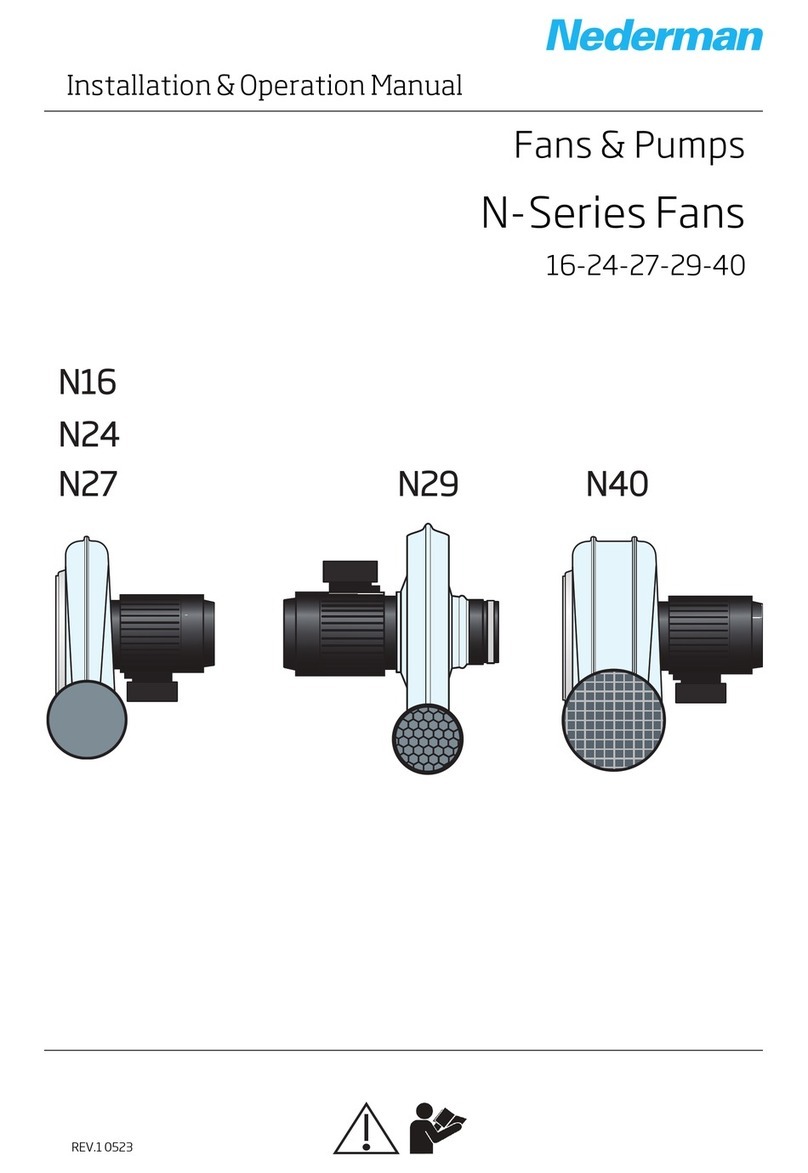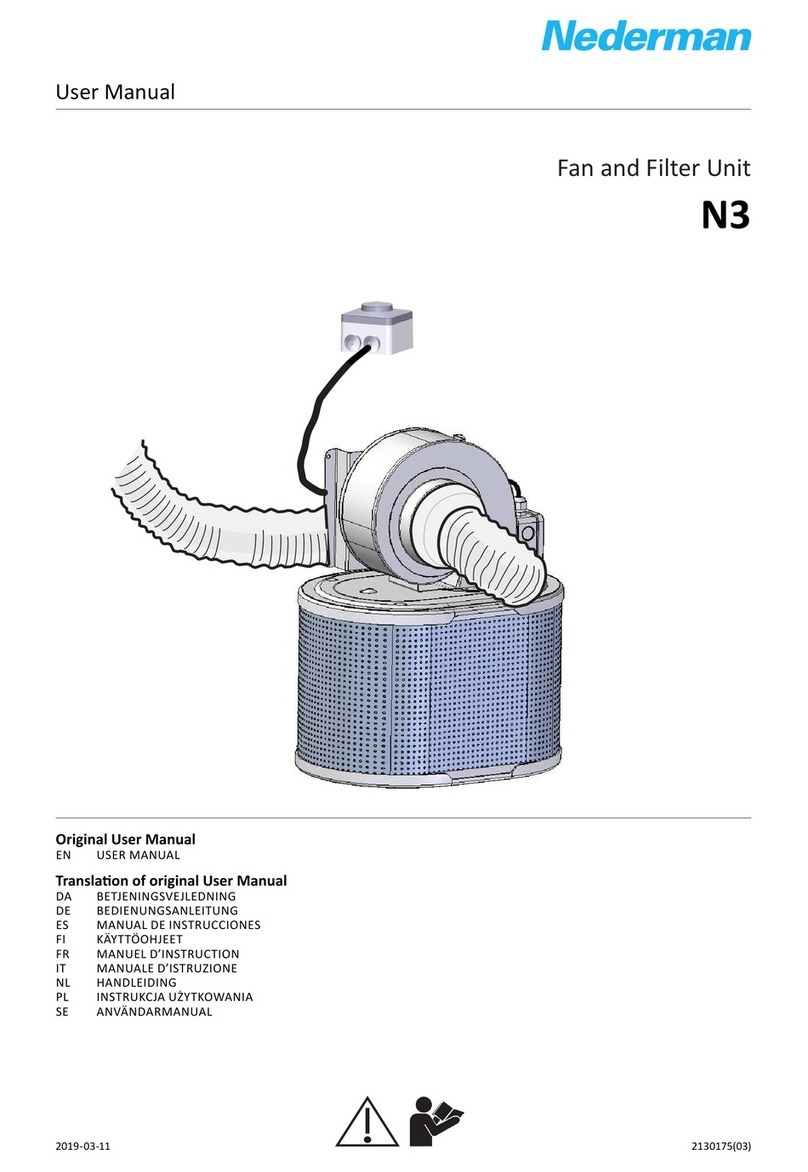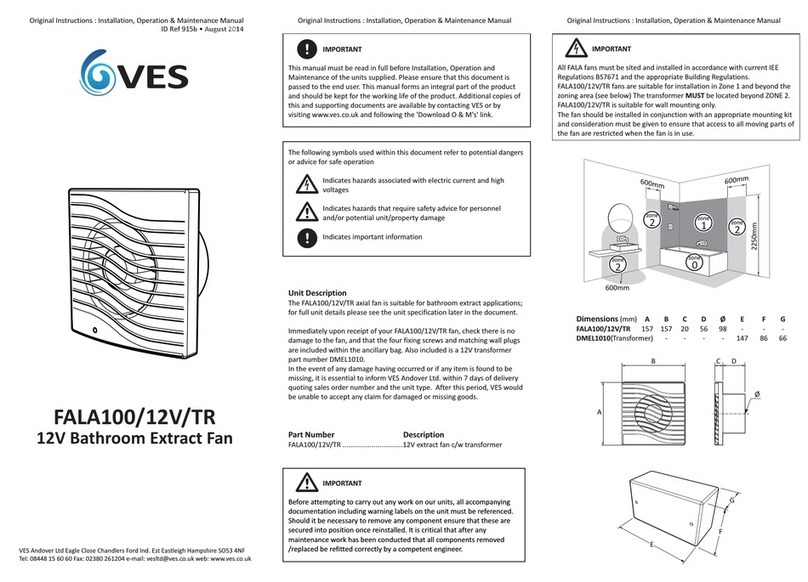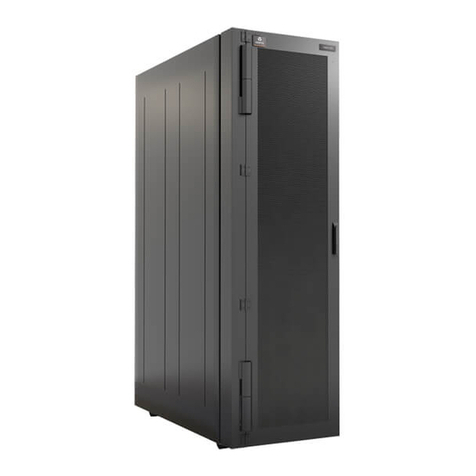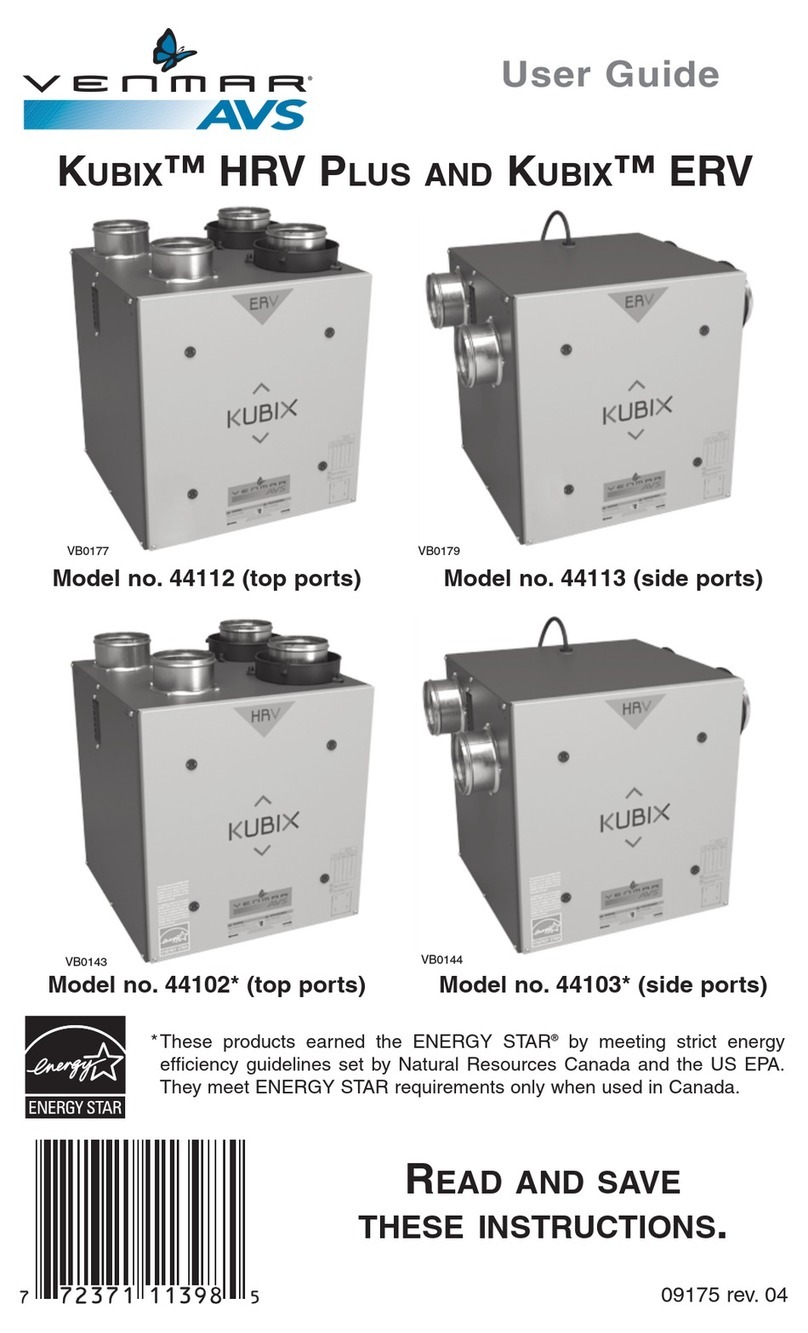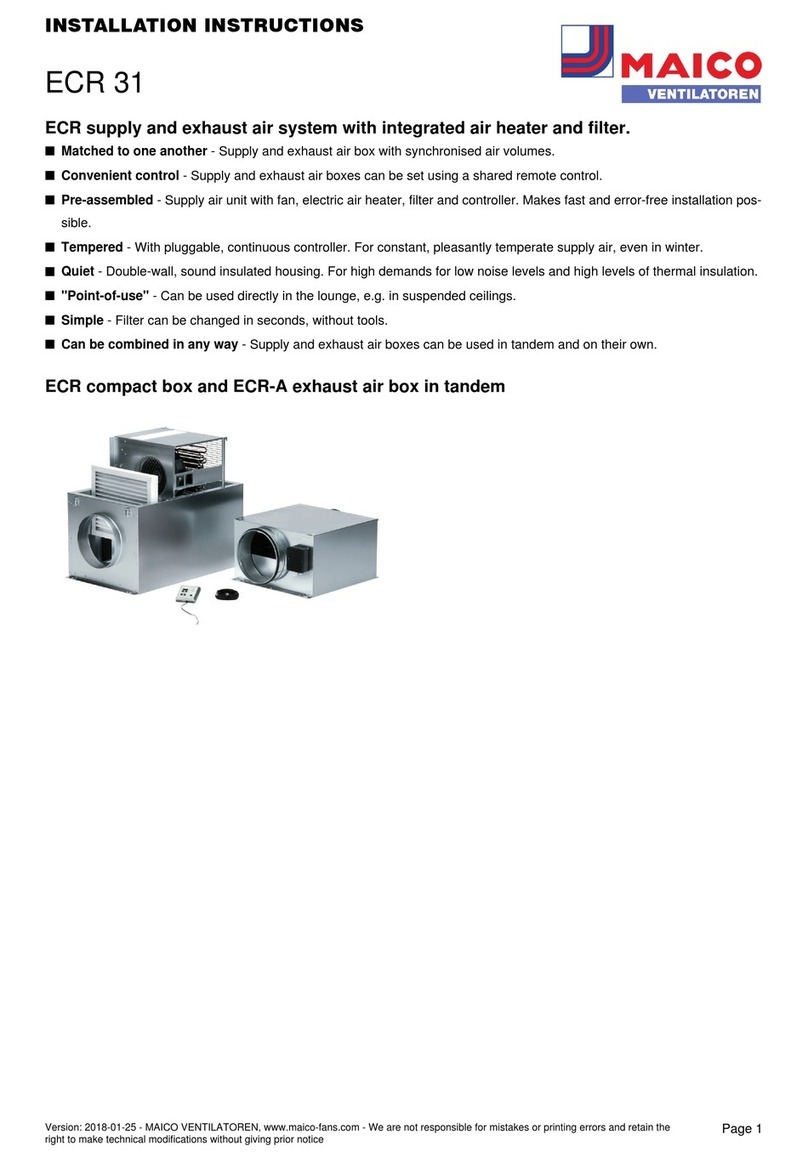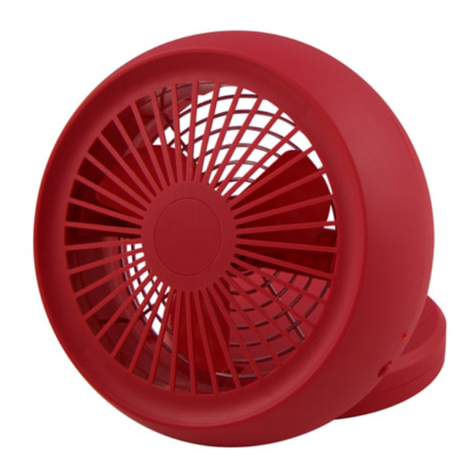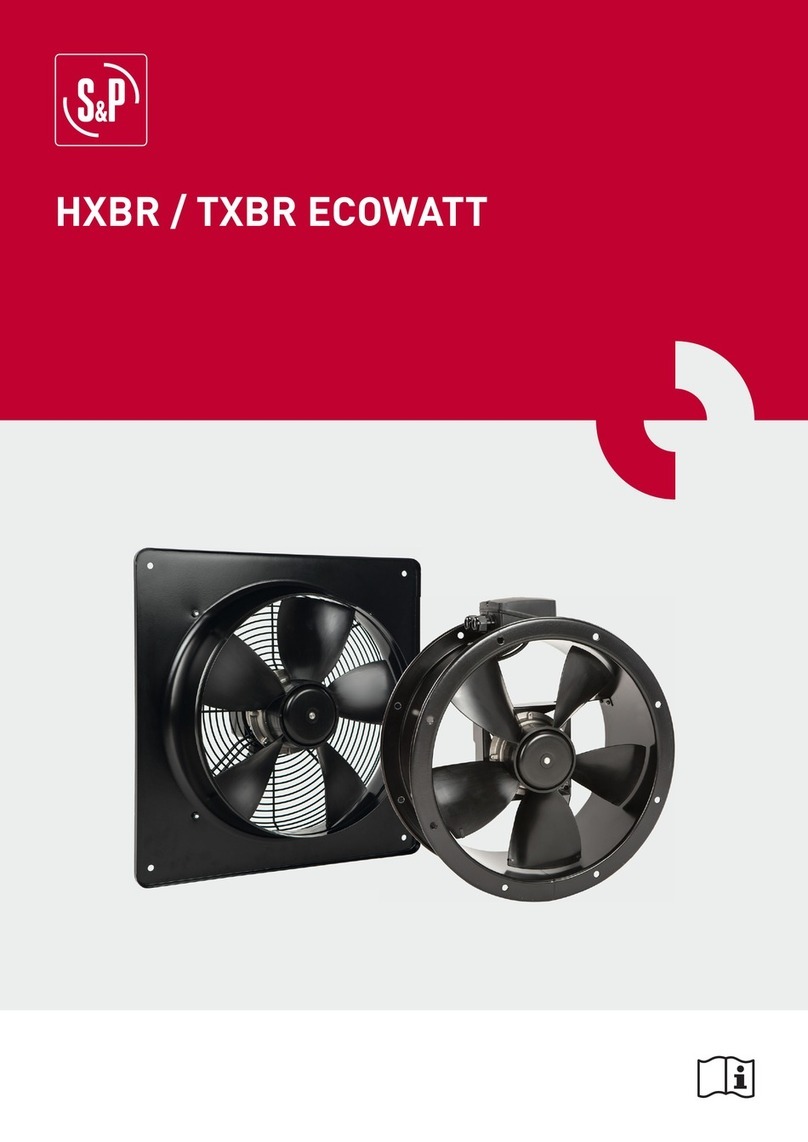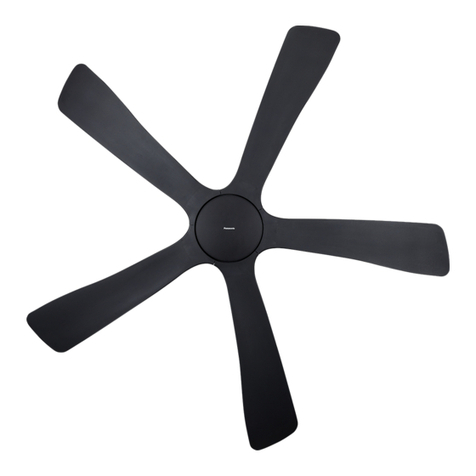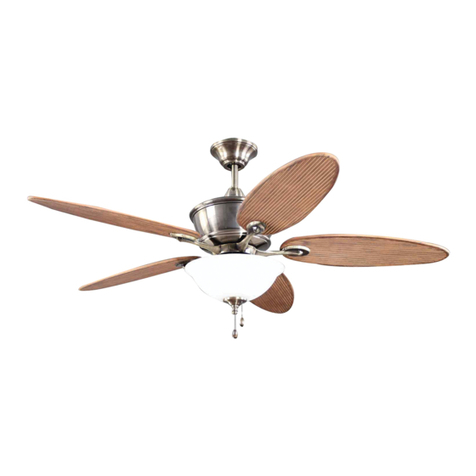
NCF
9
EN
Table of contents
English
Instrucon manual
1 Preface ..............................................................................................................................................................................10
2 Safety .................................................................................................................................................................................10
2.1 General ..............................................................................................................................................................10
2.2 Mechanical characteriscs risks ..........................................................................................................11
2.3 Environmental risks ....................................................................................................................................11
2.4 Vibraon risks ................................................................................................................................................12
2.5 Operang speed risks................................................................................................................................13
2.6 Noise emission risks ...................................................................................................................................14
3 Descripon .....................................................................................................................................................................14
3.1 Intended use ..................................................................................................................................................14
3.2 Prohibited uses .............................................................................................................................................15
3.3 Life cycle of fan .............................................................................................................................................15
3.4 Technical specicaons ............................................................................................................................15
3.4.1 Technical data 50 Hz fans (metric) .........................................................................................15
3.4.2 Technical data 60 Hz fans (metric) .........................................................................................16
3.4.3 Technical data 60 Hz fans, 380 V (metric) ..........................................................................17
3.4.4 Technical data 60 Hz fans (imperial) .....................................................................................17
4 Installaon ......................................................................................................................................................................18
4.1 Delivery check ...............................................................................................................................................19
4.2 General informaon ..................................................................................................................................19
4.2.1 Fan orientaon .................................................................................................................................19
4.2.2 Standard fan outlet posion for NCF fans .........................................................................19
4.3 Installaon types .........................................................................................................................................20
4.4 Transport ..........................................................................................................................................................21
4.4.1 Transport and liing ......................................................................................................................21
4.4.2 Liing NCF fans .................................................................................................................................21
4.4.3 Storage in a warehouse ...............................................................................................................22
4.5 Mounng .........................................................................................................................................................22
4.5.1 Outdoor installaon ......................................................................................................................22
4.5.2 Minimum distances between components .....................................................................22
4.5.3 Electrical connecons ...................................................................................................................23
4.5.4 Motor connecons .........................................................................................................................23
4.6 Connecon to ducts ...................................................................................................................................23
4.7 Checks to be made before and aer starng ..............................................................................23
4.7.1 Preliminary checks..........................................................................................................................23
4.7.2 Checks to be carried out with the fan running ...............................................................24
4.7.3 Visual checks on guards ...............................................................................................................24
5 Use ......................................................................................................................................................................................25
6 Maintenance .................................................................................................................................................................25
6.1 Visual inspecons on blades and casing.........................................................................................27
6.2 Checking and cleaning parts in contact with the uid ............................................................27
6.3 Disassembly ....................................................................................................................................................28
6.3.1 Intake nozzles ....................................................................................................................................28
6.3.2 Housing .................................................................................................................................................28
6.3.3 Impeller ................................................................................................................................................28
6.4 Flexible an-vibraon joints between the fan and ducng .................................................28
6.5 Technical enclosures ..................................................................................................................................28
6.6 Spare parts ......................................................................................................................................................29
